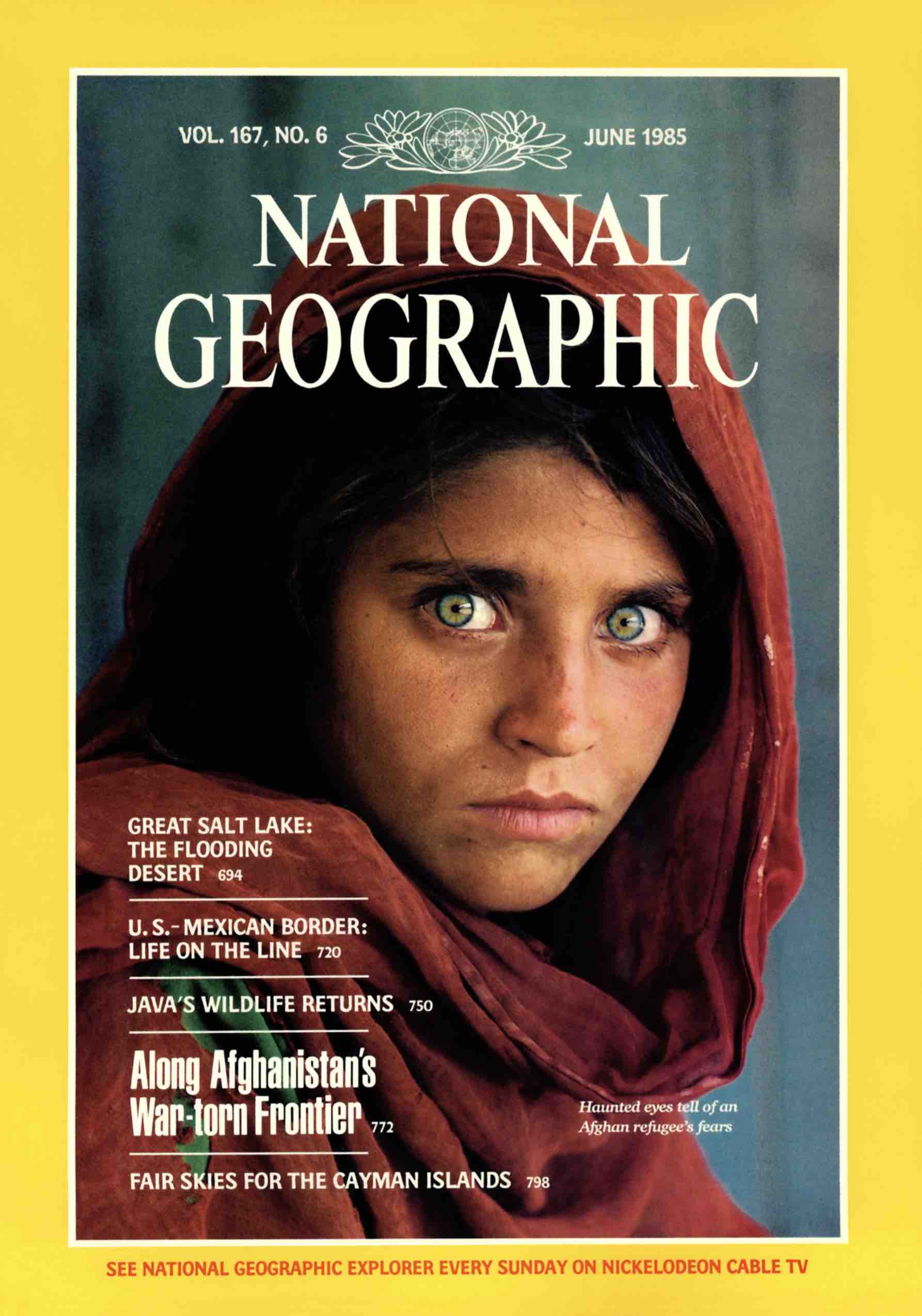
In a poignant turn of events, the esteemed National Geographic magazine, a cherished beacon of knowledge and wonder for over 135 years, has bid farewell to its team of in-house writers.
National Geographic has recently undergone a significant restructuring, leading to the unfortunate termination of its remaining staff writers. Consequently, the renowned publication will no longer grace the shelves of US newsstands.
A total of nineteen esteemed editorial team members were directly affected by these regrettable layoffs. The distressing news was also corroborated by various staffers themselves through their Twitter accounts. This is the company’s second round of layoffs within the past nine months, making it the fourth instance since ownership changes commenced in 2015. It is worth mentioning that Walt Disney presently holds a 73% stake in the company. In September, Disney executed a significant reorganization of the magazine’s editorial operations, resulting in the removal of six key editors.
Whispers from within the magazine reveal a cascade of cost-cutting measures, dampening the vibrant spirit that once allowed photographers to embark on extensive journeys, capturing the awe-inspiring images that defined its identity.
In the most recent round of cutbacks, 19 editorial staff members were informed in April that their employment would be terminated. Additionally, the magazine’s modest audio department was also affected by these layoffs, further diminishing its creative ensemble.
Ex-employees express via tweets
Craig Welch, a former senior writer of National Geographic, expressed his gratitude for the remarkable opportunities he had been fortunate enough to experience. In a heartfelt tweet, he conveyed, “I consider myself incredibly fortunate to have collaborated with exceptional journalists and to have had the privilege of recounting crucial global narratives. It has been an immense honor.”
“Today is my last day at National Geographic,” Michael Greshko, a former science writer at the magazine, tweeted. “The magazine is parting ways with its staff writers, including me.”
According to the Washington Post’s report the future editorial endeavors of the esteemed organization will henceforth be entrusted to freelance writers, supplemented by the limited number of remaining in-house editors. This significant restructuring is an outcome of the cost-cutting measures implemented by National Geographic’s parent company, Disney. Consequently, commencing from the forthcoming year, the magazine, renowned for its distinctive yellow border, will no longer be available for purchase at newsstands throughout the United States, as per the publication’s news article.
National Geographic has responded to media reports by affirming that a select number of writers will indeed retain their positions within the organization. In a carefully worded statement, a spokesperson for the esteemed magazine asserted, “National Geographic remains committed to delivering a monthly publication that epitomizes outstanding multi-platform storytelling. This alterations will not hinder our ability to fulfill this mission. Any insinuation suggesting that these recent changes will have a detrimental impact on the magazine or compromise the quality of our storytelling is unequivocally unfounded.”
Global layoffs in media
This development arrives amidst a wave of substantial workforce reductions that have reverberated throughout the media industry in recent months. Towards the end of November 2022, CNN initiated a comprehensive downsizing initiative, affecting numerous departments and leading to the layoff of hundreds of employees. This marked the second round of layoffs for the company in the previous year, following the cancellation of their highly anticipated $100 million streaming platform, CNN+, a mere three weeks after its launch, subsequently impacting 350 personnel.
Similarly, in December 2022, Jonah Peretti, the CEO of Buzzfeed, publicly announced that the digital media powerhouse would be dismissing approximately 12% of its workforce, translating to nearly 200 individuals. The declaration sent shockwaves throughout the industry, precipitating a record-breaking decline in Buzzfeed’s stock value, reaching an all-time low at a meager $1.06 per share.
Furthermore, Vice Media, an influential entity renowned for its online and broadcast platforms, underwent its own series of layoffs culminating in a dozen employees losing their positions. The situation took a further downturn in May of this year when Vice Media was forced to file for bankruptcy, a move that seemed to signify a bleak outcome for the organization. Notably, Vice had previously eliminated 250 roles in 2019, highlighting the extensive challenges faced by the company.
What do we call this? –the rise of freelance work or the fall of the media?







